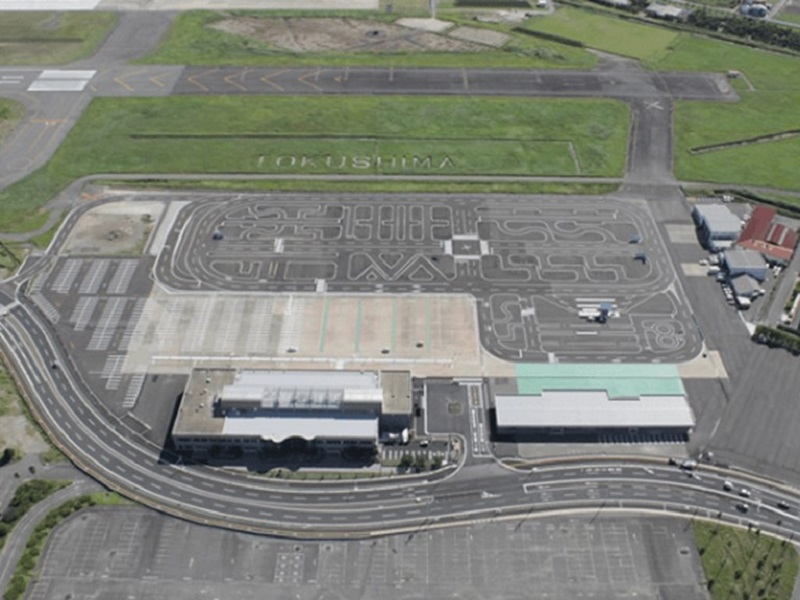The driving license exam for 400cc motorcycles in Japan is a concern for many Vietnamese people in Japan. Is it difficult to pass this type of license exam? How can you pass on the first attempt? What should you pay attention to when taking the 400cc license exam? This article will provide information on this issue!
What is the 400cc motorcycle license in Japan?
Having a motorcycle license in Japan is very important because it makes it safer and more convenient for Vietnamese people to travel here. In Japan, there are various types of motorcycle licenses depending on the engine displacement of the motorcycle. The most common ones are the 50cc, 125cc, 400cc, and 650cc licenses. Among them, the 400cc license is the most sought after. Therefore, the type of motorcycle license you choose will determine your ability to use corresponding types of motorcycles. If you have a small engine license, you cannot ride larger motorcycles. Conversely, if you have a large engine license, you can ride smaller motorcycles.
Among them, the 400cc motorcycle license belongs to the group of licenses for relatively large engine motorcycles, suitable for all user groups, and can be used flexibly to ride different types of motorcycles, except for 650cc motorcycles. That is why the 400cc motorcycle license exam in Japan is always a priority for many people.
Conditions and procedures for the 400cc motorcycle license exam in Japan
Motorcycles are highly flexible means of transportation, so in many countries, they are still favored by many people. In Japan, the number of people using motorcycles in traffic is concentrated in the student, student, and general laborer groups. Conditions for taking the 400cc motorcycle license exam in Japan To be able to complete the 400cc motorcycle license exam in the Land of the Rising Sun, we need to meet the following conditions:
Age: Over 18 years old, regardless of gender or religious affiliation
Required documents include: Resident registration certificate, 3 passport-sized photos (3.2×2.6 or 3×4). Note that the photos must be taken within the last 6 months!
Foreign passport
Application form and exam card according to the sample of the organizing unit. If you take the exam at the Nippon Driving Center, you will also be provided with the required application form and exam card.

Procedures for the 400cc motorcycle license exam in Japan
After meeting all the above conditions, those who want to take the motorcycle license exam will have to follow the following procedures:
The cost of the motorcycle license exam includes fees for the theory exam, practical exam, and license issuance fee. The cost of re-examining a specific part will be charged separately. The cost of the motorcycle license exam may vary depending on the year, but the difference is not significant.
After paying the fees, the student will proceed with the exam procedures to determine whether they will receive the license or not. In Japan, the process of issuing a motorcycle license is very fast. Typically, the license will be issued immediately after the exam, either in the morning or afternoon.
Students can choose to take the exam in English or Japanese.
The theory exam lasts for 3 hours, including multiple-choice questions and situation analysis essays. The applicant must score over 90 points to pass the theory exam.
Before participating in the practical exam, students must undergo a vision test. Both eyes must have a minimum of 5/10 vision to qualify for the exam.
The practical exam is very important and determines the overall result. If you fail the practical exam, you will have to pay a high fee to retake it.
Tips to pass the 400cc motorcycle license exam in Japan on the first attempt
To achieve good results on the 400cc motorcycle license exam and other types of licenses in Japan, do not overlook the following useful tips!
For the theory exam
Read and understand the essence of the regulations regarding motorcycles in traffic. A deep understanding of the issue will help you answer the questions correctly, especially the situation analysis questions.
Memorize the signs, instructions, and traffic signs. These are the questions that frequently appear in the multiple-choice part.
For the practical exam
Pay attention when making turns at intersections and non-intersections. If you turn right on a non-intersection road, hug the left curb. Pay close attention to this because it is a difference in traffic between Japan and Vietnam. When turning right on an intersection road, switch to the turning lane 30 meters before. To ensure safety, stop and confirm safety. Follow the traffic signals at intersections with traffic lights.
Check the rearview mirror and look ahead before changing lanes.
Keep a calm mentality to have an effective exam, and handle situations to the best of your ability.
Nội dung bài viết:






Bình luận